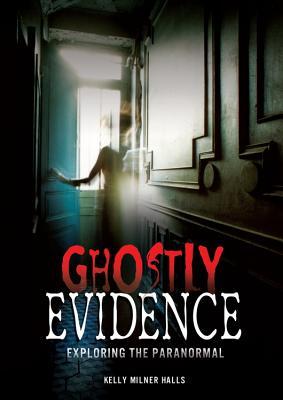Teach Life Science, K-2
Perfect Pairs
written by Melissa Stewart and Nancy Chesley
2014 (Stenhouse)
Source: Review copy provided by the publisher
There are two kinds of professional books. One kind stays on the shelf and is in pristine condition because it is rarely opened. The other kind of professional book looks battered. It has a cover that is worn from being placed daily in your book bag. There are several pages that are dog-eared and sticky notes abound. Perfect Pairs definitely belongs in the latter category. In the text, two picture books are the anchor for each life science lesson. For example, Plantzilla and A Seed is Sleepy are the featured books for a second grade lesson titled How Plants Change as They Grow. I love how this book is designed. The authors lay out each lesson with easy to follow steps. First off, two picture books are briefly summarized. A wonder statement, accompanied by a learning goal, follows the two summaries. Being curious and knowing where you’re going are important in a lesson. The next steps in the lesson areEngaging Students and Exploring with Students. In the changing plants lesson, students play concentration with seed and plant cards made from A Seed is Sleepy. One of the purposes of playing the game is to look for connections between the cards. From there, students explore by reading both books and comparing real plants with the fictional Plantzilla. The teaching steps are laid out for you, but it doesn’t strike me as too didactic. There are places for students to turn and talk and to use a chart for comparing. These are important skills for a second grader to practice and the steps keep the lesson engaging as opposed to a talky 15-20 minute mini-lesson. The following step ties everything together by Encouraging Students to Draw Conclusions. In this lesson students write a letter to a character in Plantzilla comparing fictional and real plant changes. They also draw pictures of plant changes and address a set of True/False statements. Each Perfect Pairs lesson will take about a week to complete if you have 30-45 minutes for science each day. There are 7 lessons in kindergarten, 8 lessons in first grade, and 7 lessons in second grade, but you can take lessons from any of these grade levels and tweak them to fit your grade level. These lessons are thoughtful and engaging. There’s no fluff here but instead meaty science teaching and learning.
I use and like Teachers Pay Teachers, but some of their lessons are rather thin because it takes a lot of time to construct lessons with deep learning. When you get a copy of Perfect Pairs, you save time because you have 22 lessons from two highly skilled educators in Melissa Stewart and Nancy Chesley that will challenge your students to really dig into life science. Encourage your media center specialist or principal to purchase this book. Check out the website for more reproducibles related to the book.






 ATTACK! BOSS! CHEAT CODE!
ATTACK! BOSS! CHEAT CODE!





